How to save money on hot water:
We will discuss a number of ways to conserve water, particularly hot water, but all of that starts with using less in the first place! Choosing low flow fixtures and toilets will save a considerable amount of water and money, and probably the quickest and cheapest way to save hot water is a low flow showerhead. They are no longer the painful jets that you find in cheap roadside motels, with modern low flow showerheads you wouldn't even be able to tell the difference.
Insulate your water heater and pipes

To avoid heat loss, you can add a layer of insulation to the outside of your hot water heater, as well as insulating your hot water pipes.
Your hardware store should have 4-foot lengths of foam for your pipes, make sure you get the right dimension. They’re super easy to install and often come with an adhesive that requires simply pulling off the tape and pressing it together.
This is a fast and easy upgrade assuming you have access to your hot water feeds. Insulating your hot water pipes prevents heat loss, but also means less time you will need to wait for the hot water to arrive.
While you’re at it, don’t forget to do your cold pipes as well to avoid water damage from condensation.
Solar water heaters

If you’ve ever sat in a car with black leather seats in the summer, you already understand solar heat collection. The amount of heat that can be generated by the most rudimentary solar collection system is astounding. Check out our DIY solar shower, or if you have acess to a load of sheep manure, the composting hot water heater and hot tub is pretty fun too!
The most common thermal solar system involves a liquid passing through tubing in panels on your roof. The heated liquid is then transferred to a sealed and insulated tank which contains copper coils, through which your water passes before feeding your water heater or boiler. This serves to preheat water and reduce or eliminate the energy required to bring the water to temperature.
You will see the best return on your investment if you use it primarily as a heat source. How long it takes to pay for itself depends on your consumption and where you live, estimates range from 10 to 15 years. The environmental benefits however, are instant.
update: there is a new solar thermal water heater with overheating protection that is worth looking at if you are exploring solar thermal water heaters.
Quebec has very low power rates so there’s less of a financial incentive than in Ontario or other parts of Canada. You can expect to pay likely in the $7,000 to $10,000 range depending on the size of the system you require.
Grey water heat recovery

Grey water heat recovery is a system that runs your hot water intake through thin copper pipes wrapped around your shower drain, so the water feeding your hot water tank is preheated by the hot water going down the drain. The model shown above with a vertical pipe is suitable for basements, there are also horizontal grey water heat recovery units for slab on grade.
Grey water heat recovery is not something you should bother installing with baths, as your water heater is filling up long before the hot water is draining. But with houses that will see a lot of showering, grey water recovery systems offer a good return on investment.
Tankless water heaters

Tankless or ‘on demand’ water heaters are small units that fit easily in kitchen and bathroom cabinets. Fed with cold water, these gas or electric heaters give you instant hot water, so you eliminate heat loss though piping and storage of water.
Claims of superior energy efficiency with a tankless delivery system are somewhat exaggerated. In reasonably-sized homes without extremely long hot water feeds, the savings are negligible. And at two or even three times the price of a conventional water heater, your return on investment will be an awfully long way off, and your money is probably better spent elsewhere.
Hot water heaters are fairly well insulated these days, and the heat lost from insulated pipes is really nothing to write home about. All that heat loss isn’t even a loss in winter months, it’s simply heat.
Tankless water heaters are more commonly found in European countries rather than North America, for the simple reason of saving space. In Europe they tend to manage with less square footage than us, and a full size hot water heater takes up valuable real estate in small apartments.
Practical applications around here would be for small apartments, rooms with hot water located far from water tanks, or perhaps for cottages you visit infrequently and want to have hot water without keeping it heated unnecessarily in your absence.
Coils in tankless water heaters can be sensitive to the minerals in hard water, so if that cottage of yours is on a well with no softener or gets water from a lake this might not be the way to go.


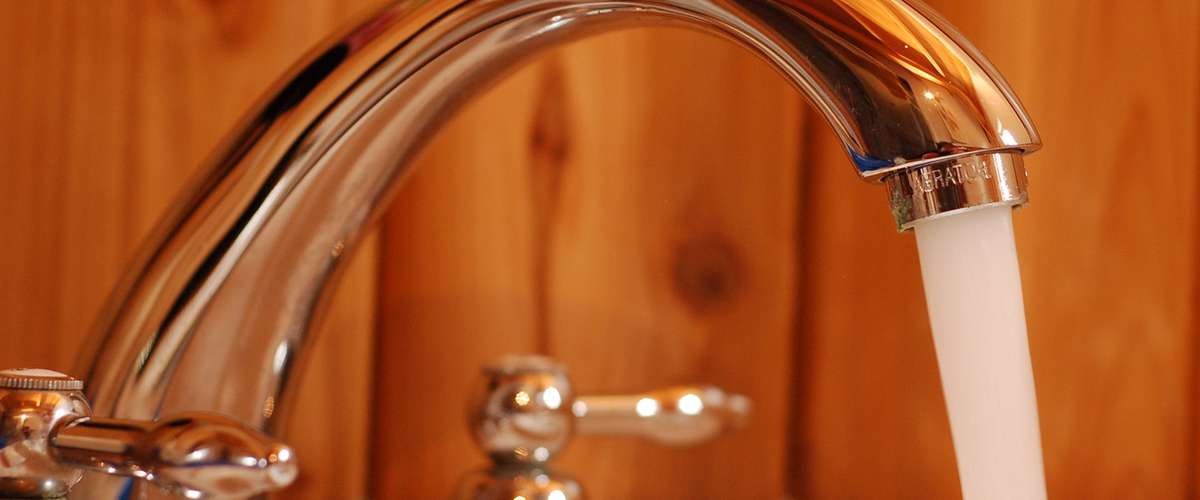













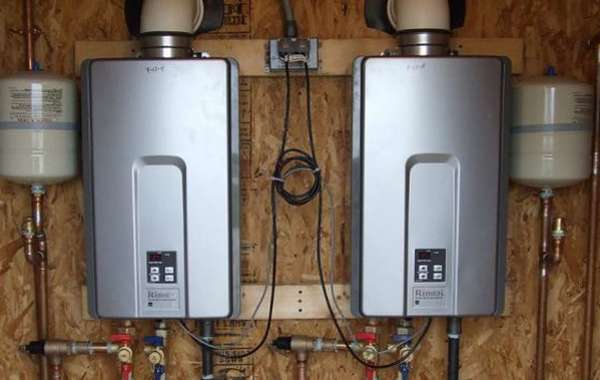
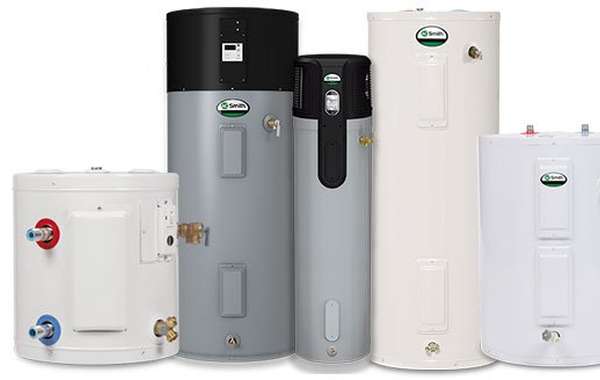
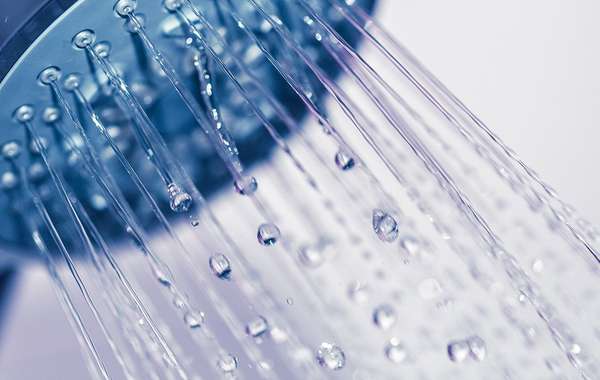
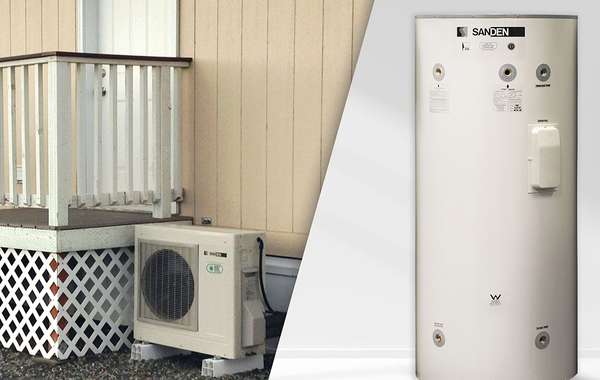
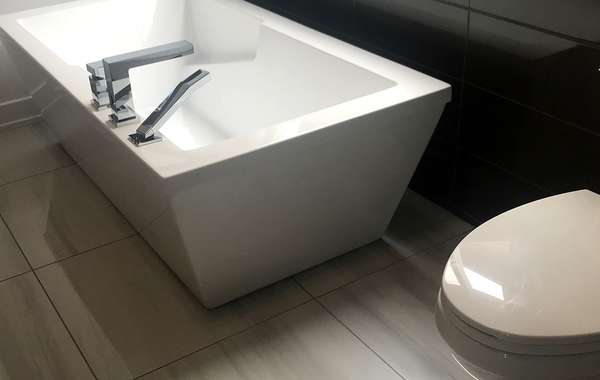
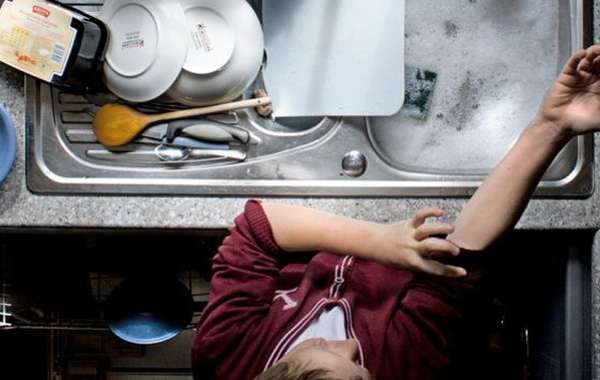
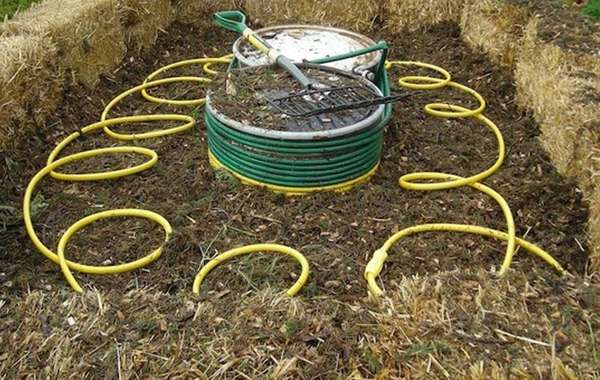
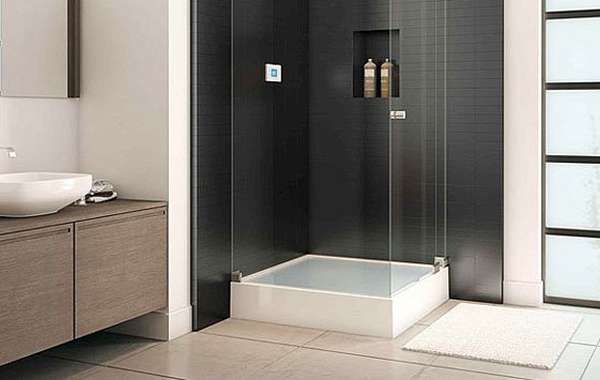
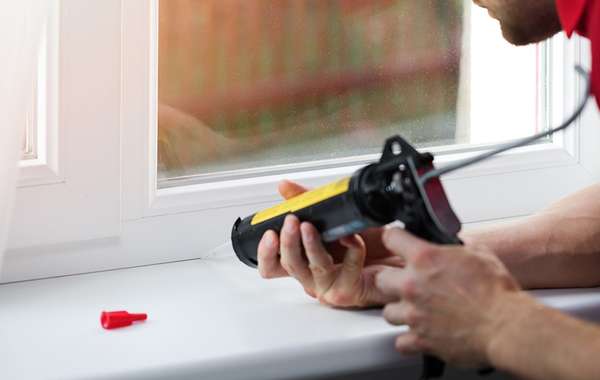
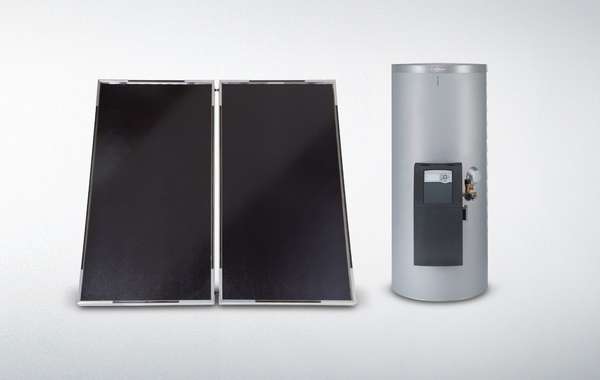

Comments (0)
Sign Up to Comment